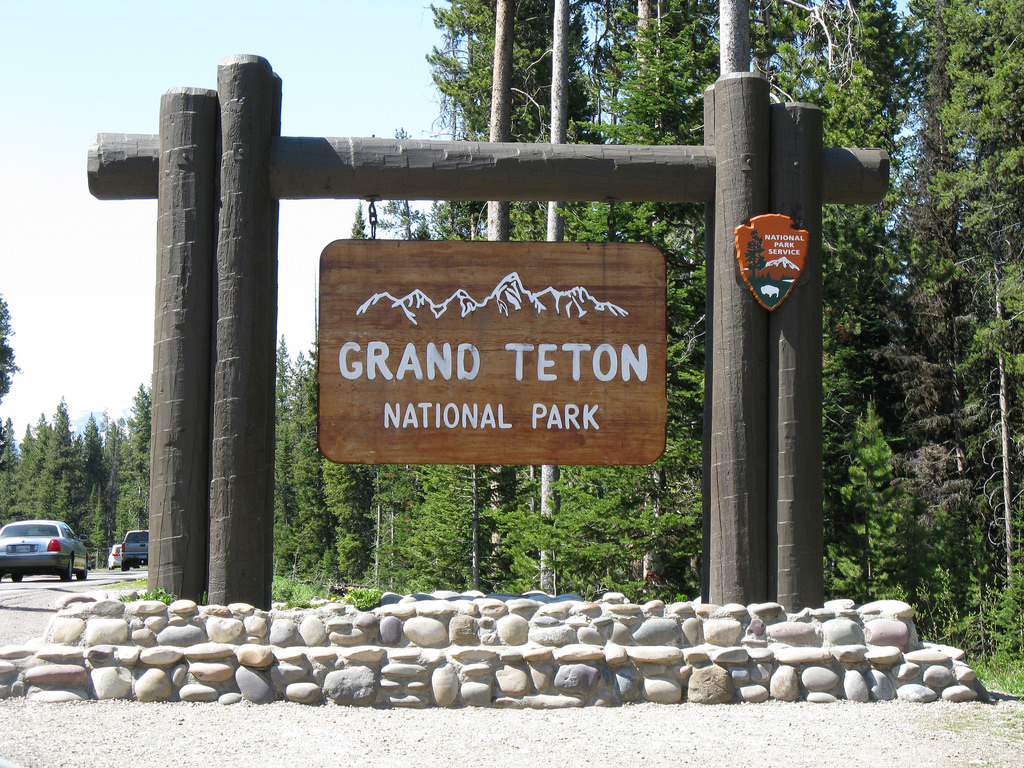
As part of ongoing grizzly and black bear research efforts and as required under the Endangered Species Act to monitor the population of grizzly bears in the Greater Yellowstone Ecosystem, park biologists will conduct bear capture operations within Grand Teton National Park from September 26 to November 15.
When bear capture operations are being conducted, trap sites will be posted with bright warning signs to inform the public of area closures. For bear and human safety, the public must respect these closures and stay out of the posted areas. All trap sites in the park will be located away from established roadways, hiking trails, and backcountry campsites.
Park biologists use natural food sources, such as road-killed elk, to bait bears into culvert traps. In accordance with strict safety and animal care protocols, trained staff sedate captured bears to collect blood and hair samples, measure and weigh individuals, and affix ear tags and GPS radio collars. After handling, bears are allowed to fully recover before being released on-site.
Data gathered from capturing bears informs ongoing research and management efforts and is vital to the continued conservation of grizzly and black bear populations across the region. Information about grizzly bear monitoring is available from the Interagency Grizzly Bear Study Team, an interdisciplinary group of scientists and biologists responsible for long-term monitoring and research efforts on grizzly bears in the Greater Yellowstone Ecosystem.
